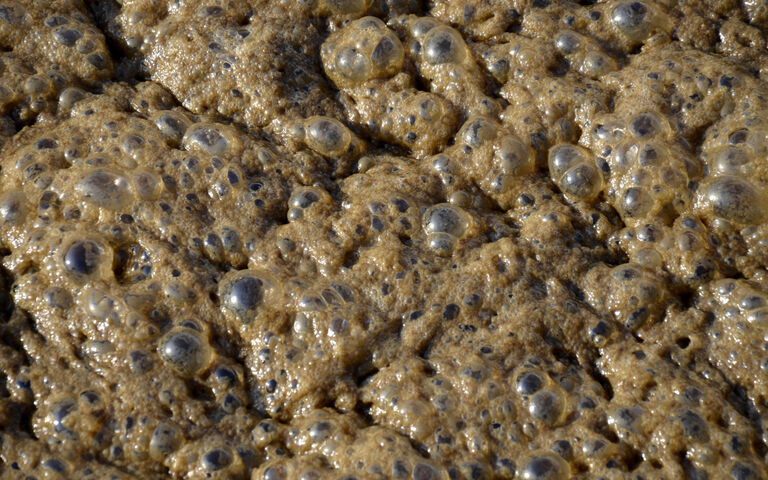
Sludge treatment − dissolved air flotation thickening
Dissolved air flotation thickens the sludge by encouraging solids to float to the surface by attaching to rising air bubbles
Your web browser is out of date.
Update your browser for better security, speed and to get the best experience on this website.
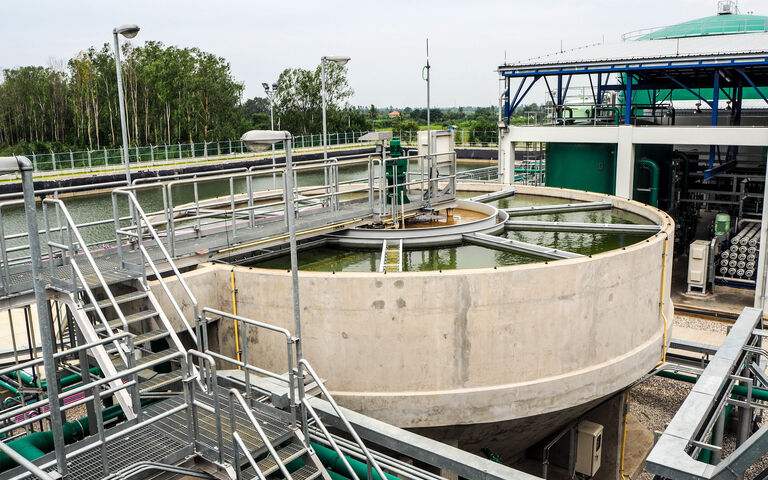
A number of processes act purely to remove water from the sludge to reduce its volume. As a result, the suspended solids concentration of the sludge is increased, i.e. the sludge becomes consolidated.
These processes are referred to as either thickening or dewatering, depending on the amount of water removed.
Learn more
Dissolved air flotation thickens the sludge by encouraging solids to float to the surface by attaching to rising air bubbles

GBT thickens the sludge by allowing the water to drain from the sludge under gravity through a permeable moving belt

Gravity thickening increases the solids concentration by allowing the particles to settle to the base of a vessel
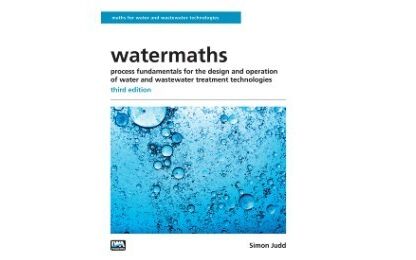
Watermaths: Process Fundamentals for the Design and Operation of Water and Wastewater Treatment Technologies − available as an ebook
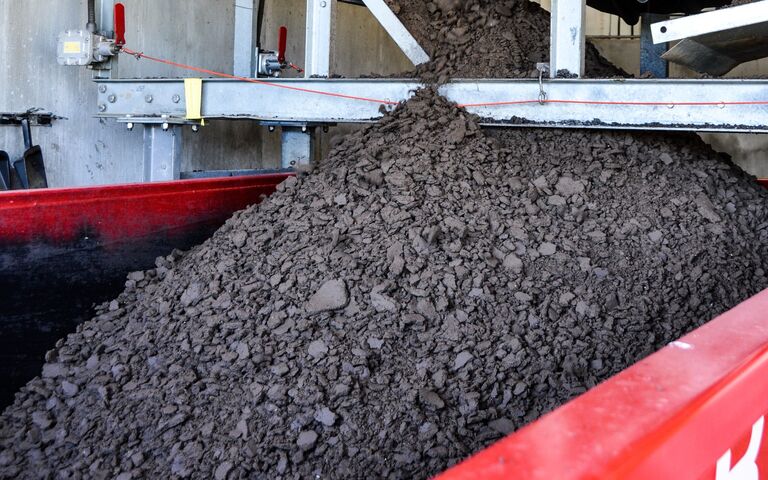
Rotary drum thickening thickens the sludge by agitating the solids in a slowly-rotating vessel with porous walls
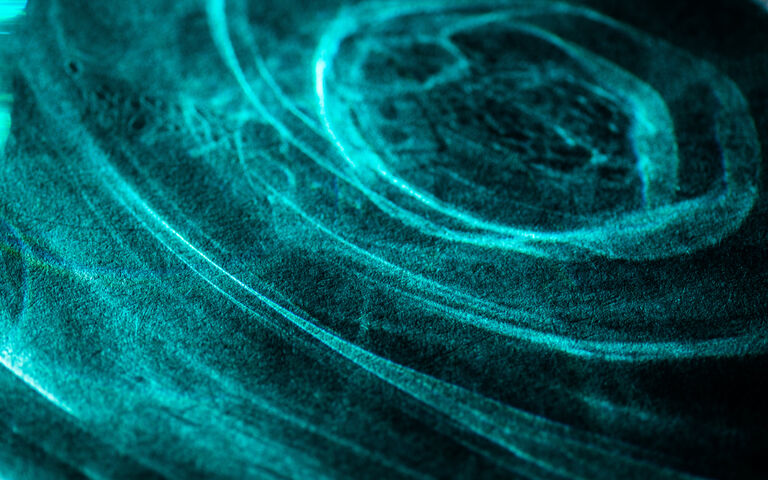
Sludge concentration increases as particles are encouraged to migrate to the walls of a rapidly rotating cylindrical vessel
Other processes include membrane thickening − water is extracted through a membrane, increasing the solids concentration
An overview of thickeners and explanation of how they work